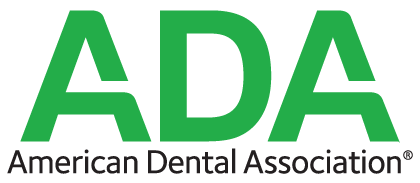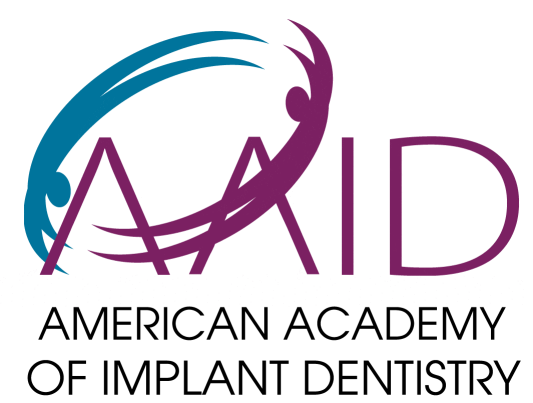Can Invisalign cause gum recession is a legitimate concern we address at Lansdowne Family Dental, as patients want to ensure their orthodontic treatment won’t compromise their gum health while achieving straighter teeth. While Invisalign can potentially contribute to gum recession in certain circumstances, it’s relatively uncommon when treatment is properly planned and monitored, and the risk is generally lower than with traditional braces. Gum recession with Invisalign may occur due to several factors:
- Aggressive tooth movement that moves teeth faster than gum tissue can adapt
- Pre-existing gum disease or thin gum tissue that’s already vulnerable
- Poor oral hygiene during treatment leading to inflammation and tissue loss
- Excessive force from ill-fitting aligners or improper treatment planning
- Teeth moving outside the natural bone housing (alveolar process)
However, when Invisalign treatment is properly planned with adequate consideration for gum health, most patients maintain or even improve their gum condition due to better oral hygiene access and reduced plaque accumulation compared to traditional braces. At our practice, we carefully evaluate gum health before and during treatment, adjust treatment plans when necessary, and provide comprehensive hygiene guidance to minimize any risks. In this detailed analysis, we’ll explore the relationship between Invisalign and gum health, discuss prevention strategies for maintaining healthy gums during treatment, identify warning signs to watch for, and explain how proper treatment planning and oral care can protect your gums while achieving your ideal smile.
How Could Invisalign Impact Gum Tissues?
In rare cases, adjusting tooth positioning through orthodontics may contribute to localized gum recession in patients predisposed to periodontal risks.
Here’s why:
Healthy gums tightly surround and attach to teeth with collagen fibers called the periodontal ligament. This ligament allows nourishment exchange between gums and tooth roots housed in the jawbone below.
Invisalign works by applying controlled force onto teeth to shift their positions within the bone over time. As this happens, the periodontal ligament fibers naturally expand and rebuild on the tooth’s new placement.
If tissues reattach in a lower position on the root’s surface, it creates visible shrinkage of gum margins from the crown – called a gingival recession or receding gums.

Risk Factors to Consider
Not everyone experiences gum changes from Invisalign or other orthodontics. Those at higher risk include patients with:
- Pre-existing thin gums or lack of attached gingiva
- Current gum disease or periodontitis
- Aggressive tooth movement plans
- Hygiene issues before/during treatment
- Genetic predispositions
Thorough diagnosis, advanced imaging, slower treatment planning, and diligent home care help us minimize gum recession risks for candidates.
Can Proper Care Prevent Recession Issues?
Maintaining excellent oral hygiene minimizes the likelihood of receding gums not only during Invisalign but lifelong. Recommendations include:
- Consistent brushing
- Using non-abrasive fluoride toothpaste
- Daily flossing under the gumline
- Regular professional cleanings
- Gently brush aligners before reinserting
- Tracking and gum changes and promptly informing our dentists
Staying vigilant shields vulnerable tissues as new forces act upon the roots and surrounding bone. We also avoid planning overly aggressive movements most likely to tear rather than rebuild fibers properly.
What If My Gums Recede During Treatment?
If you notice gum shrinkage or increasing tooth sensitivity from exposure during Invisalign, inform our Lansdowne Family Dental team promptly.
We can then:
- Assess recession severity and cause
- Modify the treatment plan and timeline
- Smooth aligner edges irritating tissues
- Try shorter aligner wear intervals
- Polish teeth to calm sensitivity
- Discuss gum grafting to restore lost tissue
The key is communicating changes early before a significant recession occurs. This allows us to intervene with corrections keeping your smile goals on track while supporting gum health.
Protect Your Smile Investment with Great Hygiene
While Invisalign itself rarely causes gum problems alone, ensuring excellent cleaning habits and tracking tissue changes protects your investment. Preventing recession means you fully enjoy your smile transformation long after the aligners finish.
As your dental partners, we take a holistic approach – assessing overall oral health risks before aligners begin shifting teeth. Ongoing communication allows us to jointly maximize outcomes, balancing gum health and your improved smile.






